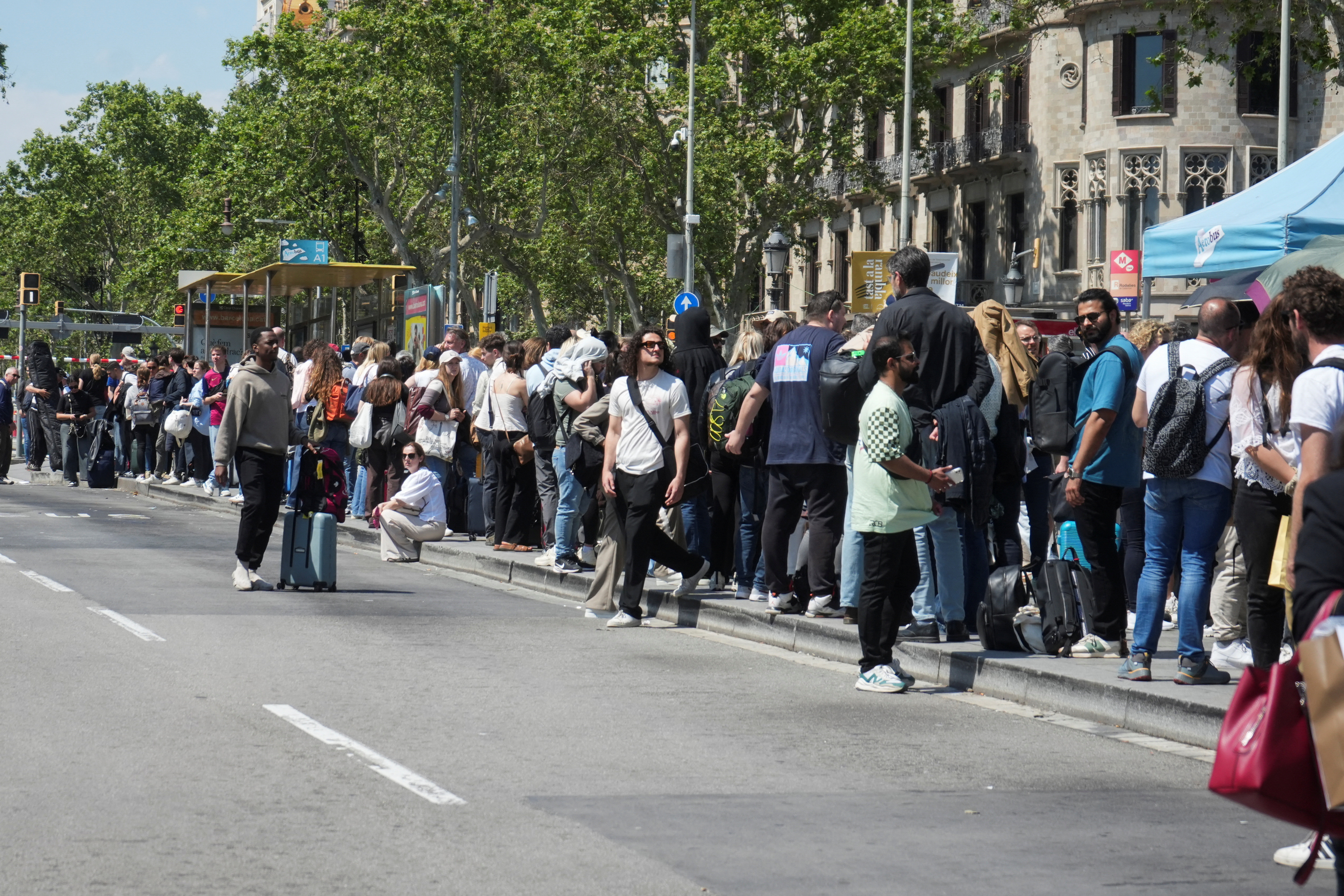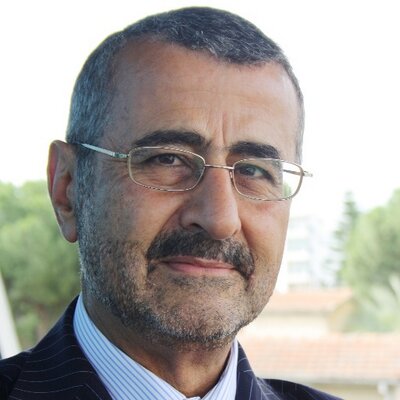This incident should be seen as a serious warning over RES reliance
What happened in Spain and Portugal on April 28 brought home how insecure our energy systems have become. For about 20 hours Spain, Portugal and parts of southern France experienced a widespread electricity blackout affecting about 60 million people – “the first major blackout of the green electricity era”.
That led to shops, banks, hospitals, restaurants and homes plunged into darkness, as well as transport paralysis affecting trains, metros, road traffic and airports, but also to a number of deaths.
What is even more worrying is that much of Europe appears to have been seconds away from a continent-wide blackout, with grid frequency plunging to just a fraction above the red line collapse threshold.
As the Financial Times pointed out, “this catastrophic failure of the electricity supply has raised pressing questions about the resilience of grid infrastructure across Europe as governments race to roll out renewable energy systems and reduce carbon emissions from their power sources.”
What caused the blackout?
Even though – given the political implications – there is still no official explanation from the Spanish government for what caused the blackout, most experts have been pointing to dangers of grid instability when renewables dominate electricity output. For a grid to operate stably, energy production must be kept in balance with consumption. Imbalances can cause blackouts as well as potentially damage electricity infrastructure.
Spain’s public electricity company, Red Eléctrica, pointed out that, even though the exact cause is not yet known, the incident could be “linked to the inherent volatility of renewable resources that made the system more vulnerable”. About 59 per cent of Spain’s electricity was from ‘non-controllable’ solar sources that “do not contribute to the stability of the internal electrical system” when the incident triggering the blackout occurred. This is very high when compared to only about one-fifth of Spain’s supply normally coming from solar power.
It has been suggested that “an oversupply of electricity may have initially caused the problem”. Normally, “the grid operator would have managed it by asking traditional plants to moderate their output but this was not possible because so few plants were on-line,” creating an imbalance of supply. Less than 20 per cent of scheduled electricity supply came from non-intermittent sources at the time of the incident.
Global electricity demand is expected to increase more rapidly due to electric vehicles, data centres and AI and increasing cooling and heating, as global weather becomes more extreme due to climate change. In Europe, this will lead to 60 per cent more electricity demand by 2030. Cyprus will also face increasing electricity demand.
The IEA pointed out that “systemic challenges will emerge from balancing increasingly renewable-dominated grids during extended low-generation periods.” In other words, it is unclear how the grid will work in such situations. That is a reality that renewable advocates have long-downplayed, but it is now coming home to roost.
Εxperts now agree that it is urgent to implement measures to strengthen the resilience of modern electricity systems that are becoming increasingly dependent on renewable energy.
In addition, priority should be given to increasing electricity interconnection across Europe, so that no single system remains isolated. For Cyprus this remains a target and a challenge given that Turkey has now come out challenging the Great Sea Interconnector (GSI).
Measures to be taken
Ironically, Red Eléctrica pointed out last year that disconnections caused by “high renewable penetration” without enough “necessary technical capabilities for an adequate response to disturbances” pose a risk to the system.
It is important to note that “renewables are grid-following: they need the grid already working. They are passengers, not drivers. Fossil fuels are grid-forming: they build and hold the grid up. Renewables can add power only if the grid is already stable. They cannot create or hold the grid steady on their own.”
Maintaining grid balance is the responsibility of the system operator, who monitors parameters such as electrical frequency, voltage and load from substations in real time.
It has been suggested that “that an immediate solution would be to limit the production of photovoltaic energy at times of low demand, in favour rolling generation that provides inertia to the system and can respond better to frequency variations”. It is also considered “necessary to incorporate frequency and voltage stabilisers in the grid to counteract the loss of inertia caused by the high presence of renewables”.
Many European experts say that it is necessary to have readily available, reliable ‘firm’ energy supply from sources such as fossil fuels, nuclear, interconnections and storage systems that can be reduced or raised at short notice.
Electricity interconnection with other countries is important to balancing generation and demand. The European Commission has recommended that member states should achieve a 15 per cent electricity exchange capacity with neighbouring countries by 2030.
Equally important are energy storage systems that can compensate for the variability of renewable energy. Pumped storage played an important role in Spain’s recovery from the blackout.
Clearly, systemic challenges will emerge from balancing increasingly renewable-dominated grids and these must now be addressed. This incident should be seen as a serious warning. It is important that sufficient firm power is available to balance out high reliance on intermittent renewable energy supplies. Countries’ renewables policies should be reviewed in the light of this incident, but remembering that what is needed is “electricity realism, not climate denialism”.
Electricity realism
As Bloomberg points out, the way the world meets electricity demand is changing beyond recognition. Weather-dependent generation sources like solar and wind are becoming the largest source of incremental supply in contrast to the dependable sources the world has relied upon for the past century: nuclear, fossil fuels and large-scale hydropower.
But so far, “the global mindset when it comes to energy security is firmly focused on the geopolitics of fossil fuels, rather than in the new world of electrons. Energy officials have yet to map properly the risk implications of electrifying everything.”
In an increasingly intermittent renewable energy world, energy security has now become more important than ever. Energy security is tantamount to national security. “The first step to solve a problem is to acknowledge it and it is good news that governments are talking openly about the risks of well-intended green policies.”
Implications for Cyprus
As the auditor-general pointed out in a recent report, climate change is causing long-term change in Cyprus climatic conditions, leading to higher temperatures, longer summers, increase in drought conditions and increases in extreme winter and summer temperatures over prolonged periods.
Not only this is leading to persistent and increasing water shortages, but also to increasing electricity demand for heating and cooling. This will be exacerbated by the eventual switch to electric vehicles.
Cyprus must urgently re-assess long-term planning and implement appropriate measures to ensure water and electricity supply security to 2050. Not just rely on haphazard temporary reactions.







Click here to change your cookie preferences